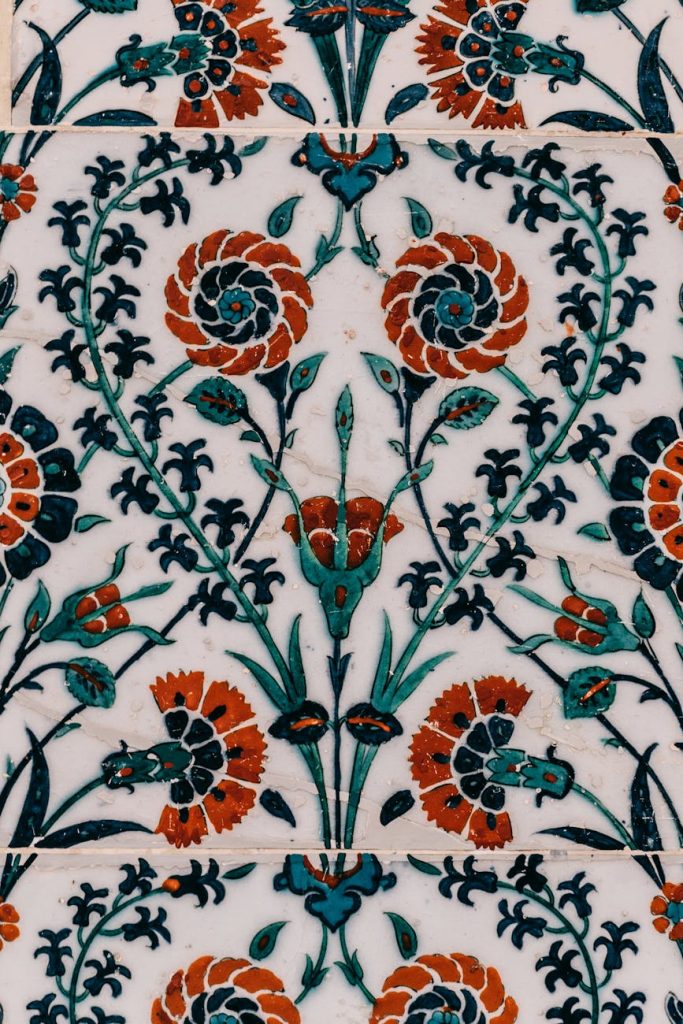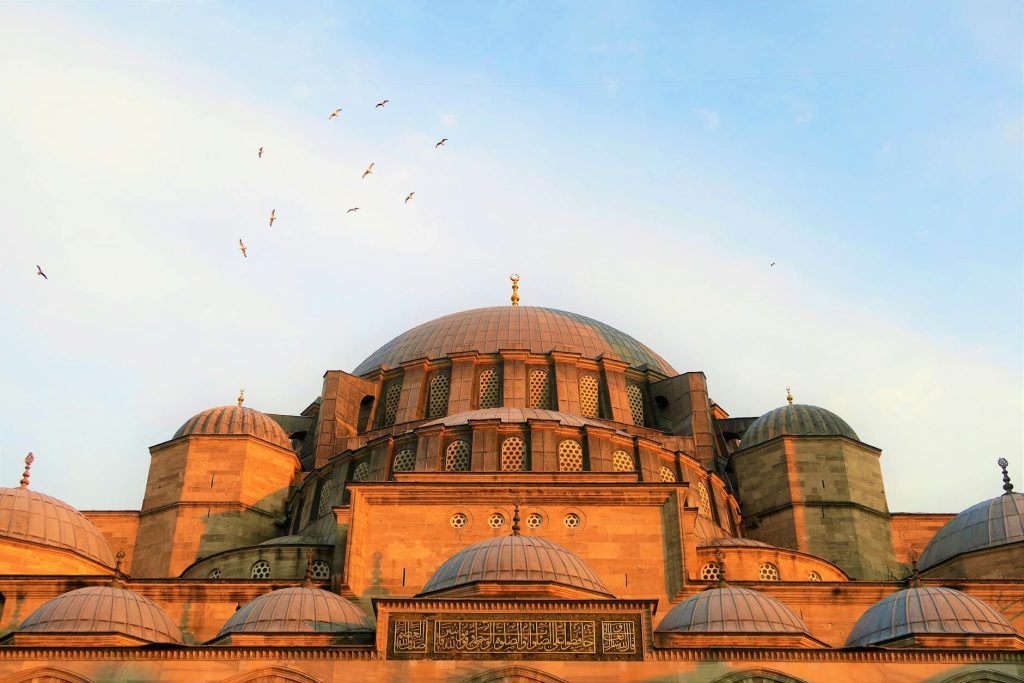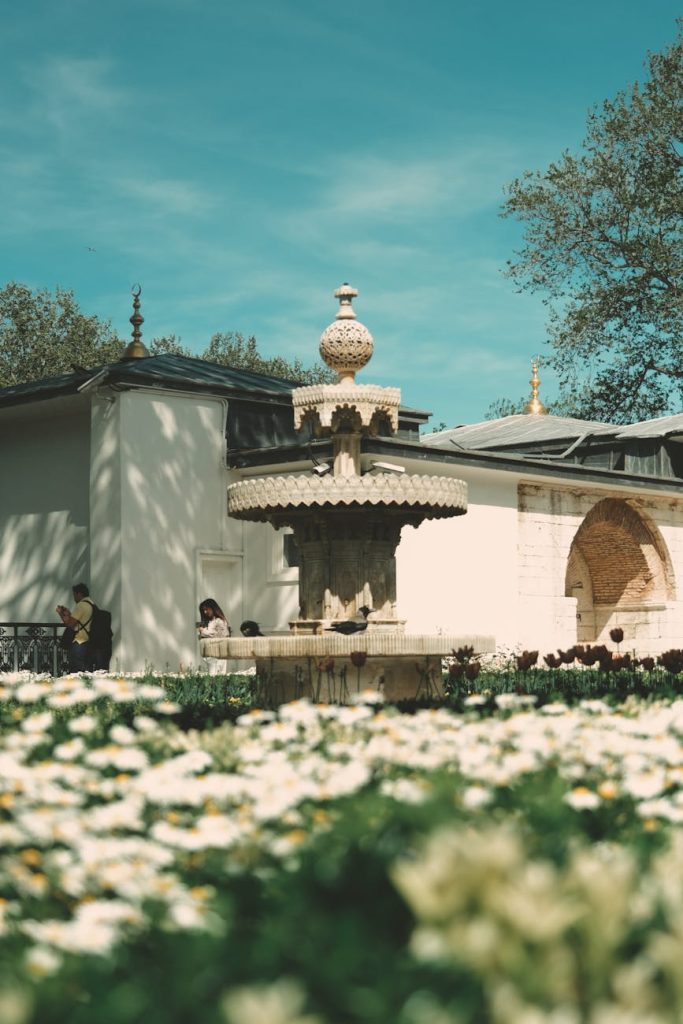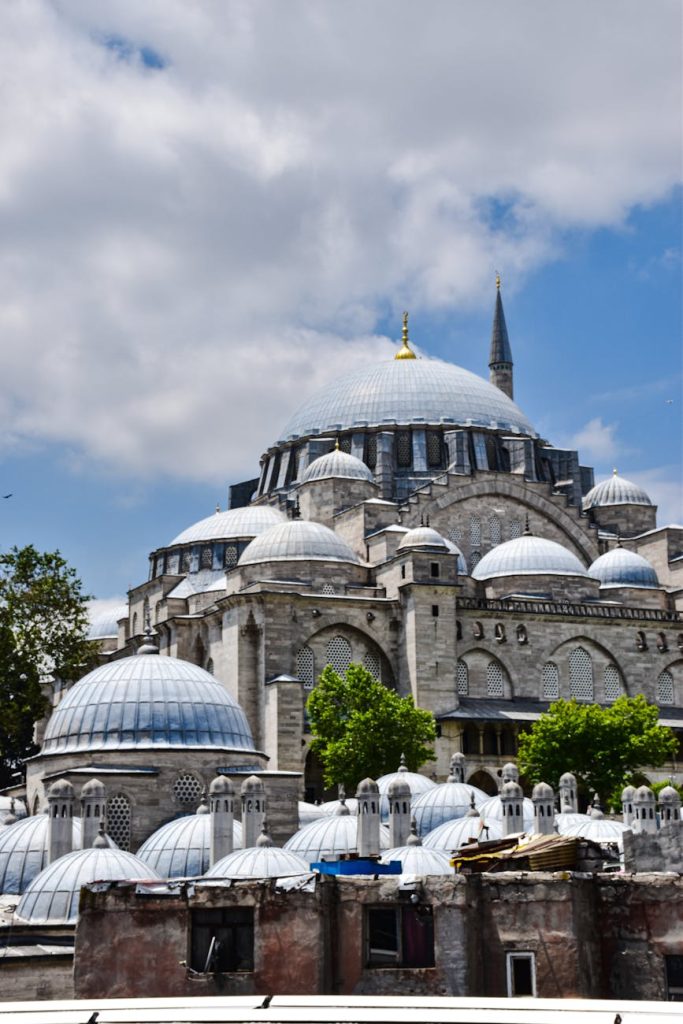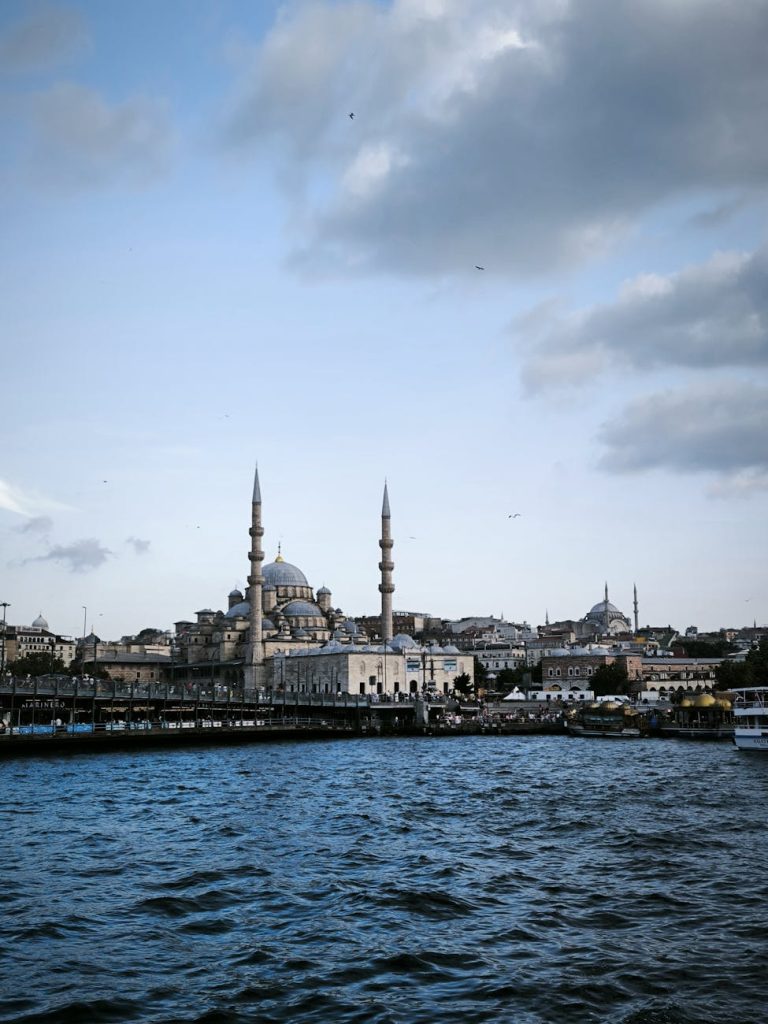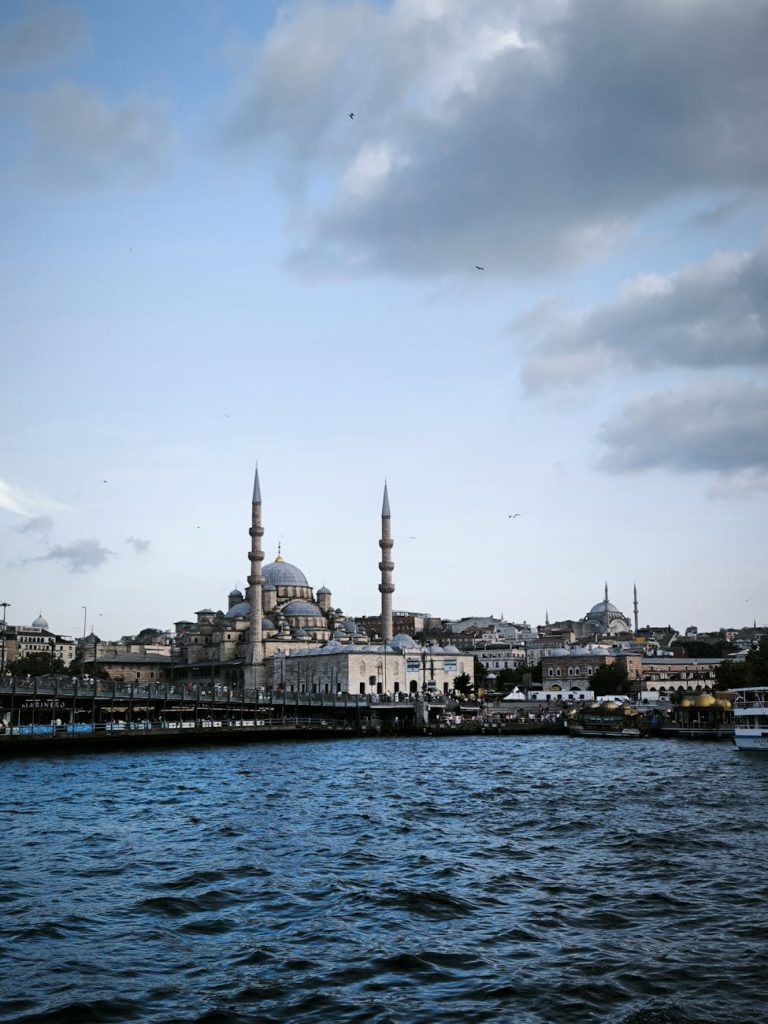
Exploring the Blue Mosque in Istanbul: Architecture & Spirituality
The Blue Mosque, or Sultan Ahmed Mosque, is one of Istanbul’s most iconic landmarks, capturing the hearts of millions with its stunning architecture and deep spiritual significance. This mosque stands not only as a place of worship but also as a masterpiece of Ottoman architecture that has attracted visitors from around the world. In this blog post, we will explore its history, architectural highlights, interior features, visitor etiquette, and nearby attractions.
History & Significance
The Blue Mosque was commissioned by Sultan Ahmed I and completed in 1616. Built to rival the grandeur of the nearby Hagia Sophia, it symbolizes the zenith of Ottoman architectural achievement. The mosque serves as a central religious site in Istanbul, hosting thousands of worshippers and visitors daily.
Its significance transcends mere aesthetics, as it reflects the artistic and cultural ambitions of the Ottoman Empire during its golden era. The mosque was named for the blue tiles adorning its interior, which create a serene atmosphere conducive to prayer and contemplation.
Ottoman Architecture Highlights
The mosque showcases classic Ottoman architectural elements that blend Islamic and Byzantine influences. Its most notable features include:
- Six Minarets: Uncommon for mosques at the time, the six minarets of the Blue Mosque add to its majestic presence in the skyline of Istanbul. Each minaret has three balconies, an architectural choice reflecting the grandeur of the mosque.
- Grand Dome: The central dome of the mosque rises to 43 meters and has a diameter of 23 meters, supported by an innovative system of semi-domes. This design creates a feeling of spaciousness within, allowing natural light to flood the inner sanctum.
- Tile Work: The interior is adorned with over 20,000 handmade ceramic tiles from Iznik, each decorated with floral and geometric designs. The blue hue of the tiles gives the mosque its nickname and provides a tranquil backdrop for worshippers.
- Calligraphy: Ornate calligraphy graces the walls, featuring verses from the Qur’an that not only serve as decoration but also inspire spiritual reflection.
These architectural elements combine to form an exceptionally harmonious building, representing a high point in Islamic art.
Interior Domes & Calligraphy
Upon entering the Blue Mosque, visitors are greeted by the awe-inspiring sight of multiple domes, each contributing to the overall grandeur. The central dome is surrounded by smaller domes, creating a layered effect typical of Ottoman design.
The calligraphy that adorns the interior spaces showcases the artistry of Islamic script, blending both decorative and spiritual meanings. The verses used call to mind themes of unity and reverence, enhancing the worship experience for both Muslims and visitors alike. This focus on scriptural art reinforces the mosque’s role as a spiritual haven, inviting contemplation and prayer.
Visitor Etiquette & Prayer Times
Visiting the Blue Mosque provides an opportunity for cultural engagement, and understanding proper etiquette is essential for a respectful experience:
- Dress Code: Visitors are required to dress modestly. Women should wear long skirts or trousers and cover their heads with a scarf, while men should avoid shorts.
- Removing Shoes: Shoes must be removed before entering the prayer hall. Designated areas are available for storing footwear.
- Quiet Respect: Maintain a respectful silence while inside, as many visitors are there for prayer. Loud conversations and disruptive behavior are discouraged.
- Prayer Times: The mosque remains open to visitors outside of prayer times, but during the five daily prayers, the mosque is closed to tourists. It’s advisable to check local prayer times ahead of your visit to plan accordingly.
Nearby Attractions
After exploring the Blue Mosque, visitors can find several other attractions within walking distance:
- Hagia Sophia: This architectural marvel, once a cathedral and later a mosque, now serves as a museum, showcasing Byzantine artifacts and stunning mosaics.
- Topkapi Palace: The former residence of Ottoman sultans, this sprawling palace complex offers insights into the empire’s opulence and history.
- Basilica Cistern: An underground marvel, the Basilica Cistern features exquisite columns and eerie lighting, providing a fascinating glimpse into Istanbul’s history.
- Sultanahmet Square: A lively area surrounded by historical landmarks, Sultanahmet Square is perfect for leisurely strolls, dining, and shopping for souvenirs.
Conclusion
The Blue Mosque stands as a testament to the rich cultural and spiritual heritage of Istanbul. Its architecture, history, and significance make it a must-visit for anyone exploring this magnificent city. Whether you’re seeking a moment of reflection or simply curious about its artistic beauty, the Blue Mosque offers a unique experience that intertwines faith and art in an unforgettable setting.
References
Suggested Internal Links
Get epic product battles straight to you! 🥊 📦 ![]()

